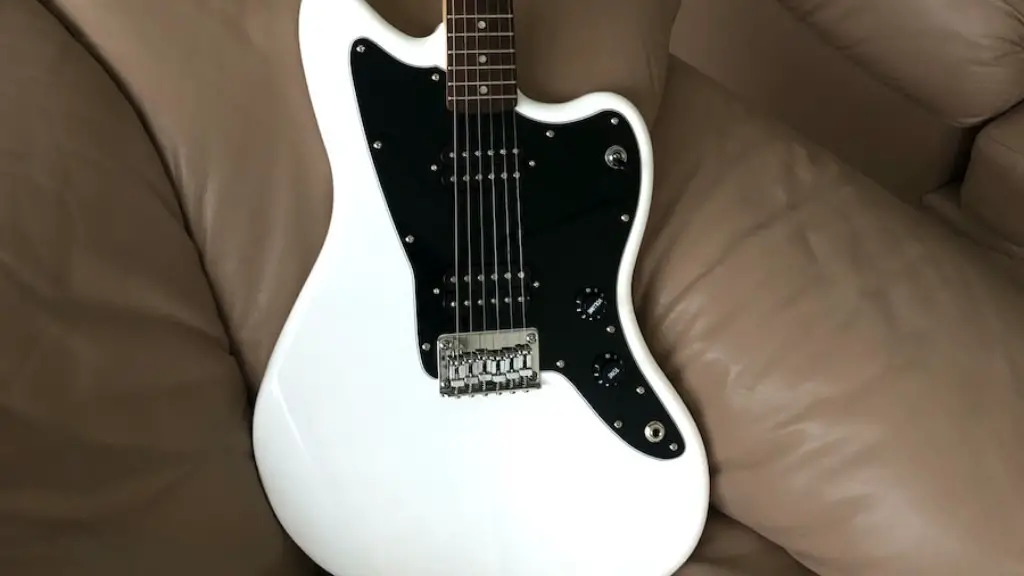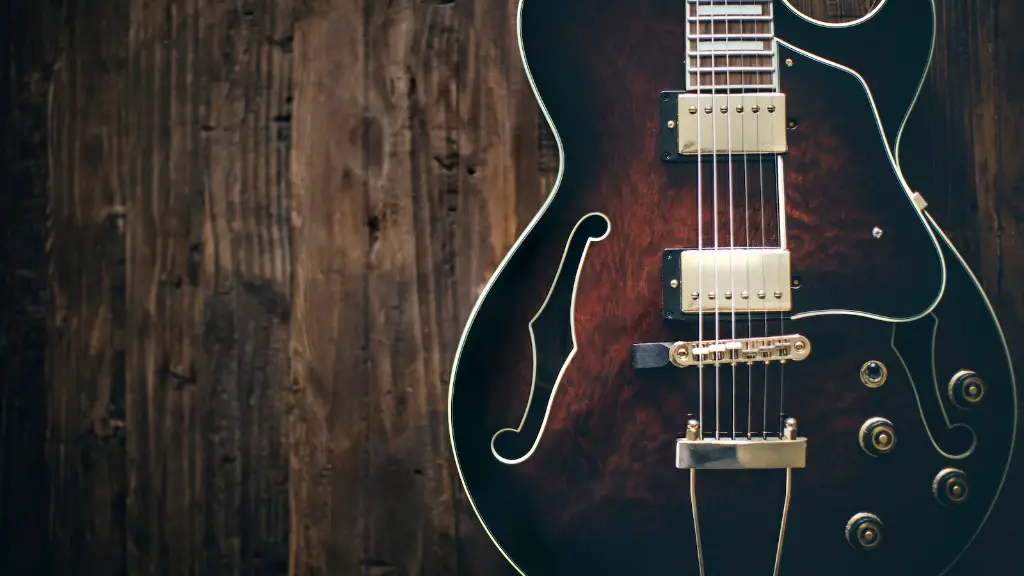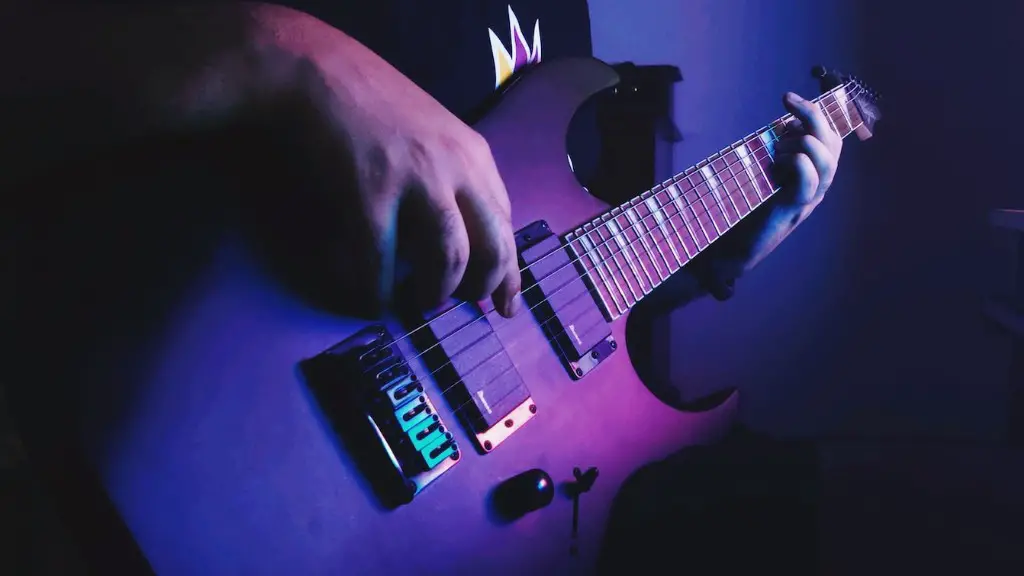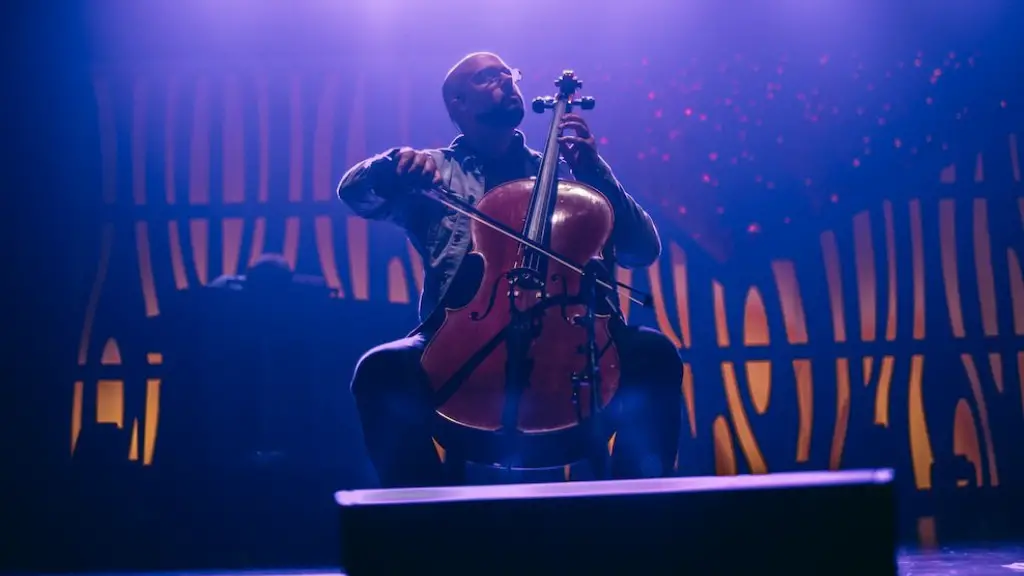Sight reading on the violin can be a difficult skill to acquire. But with practice, anyone can learn to sight read music like a pro. Improving your sight reading skills will enable you to pick up new pieces quickly and accurately. In this article, we’ll discuss some tips and tricks for improving your violin sight reading skills.
The first step to becoming a better sight reader is to regularly practice scales, arpeggios, and intervals. Playing these exercises slowly and accurately will help you develop finger dexterity and memory of the notes on the fretboard. This is an important skill when it comes to sight reading.
It is also important to be familiar with the key signatures of different pieces of music. Knowing which notes are sharp or flat in each key signature will help you decipher new pieces more quickly. Developing an understanding of how chords are formed within each key signature is also helpful in improving your sight reading skills.
Finally, it is essential to have good rhythm skills when it comes to sight reading for the violin. Work on clapping out rhythms as well as playing them on the violin. This helps you become more familiar with various time signatures and ensures that you can keep up with any piece of music.
With dedication and practice, anyone can become a better sight reader on the violin!
Identifying Notes Quickly on the Violin
Learning to sight read music on the violin can be a challenge, but with some practice and dedication it can be mastered. Sight reading is the ability to recognize and play notes as you see them on a page, without any prior knowledge of the piece. It requires skill in both recognizing and playing notes quickly, so practicing regularly is essential.
Start by learning how to identify notes by sight. Familiarize yourself with common note patterns and intervals as well as their corresponding fingerings. Learn to recognize notes on the staff quickly, and practice naming them out loud as you go. Work your way up from simple patterns to more complex ones. Also work on connecting multiple notes together in a flowing motion.
In addition, learn how to read rhythm accurately. This can be tricky at first, but you will get better with practice. Start by clapping out rhythms and counting aloud as you play them on your violin. As you get more comfortable, try playing rhythms without counting aloud or clapping along.
Finally, challenge yourself with new music every day or week. As you become more confident in your abilities, increase the difficulty of the pieces you are reading. This will help build speed and accuracy in identifying notes quickly while sight reading new pieces of music on your violin.
With regular practice and dedication, anyone can become proficient at sight reading violin music!
Practice Different Rhythms and Time Signatures
Sight reading on the violin can be challenging but with practice, it can become second nature. To help improve your sight reading, it is important to practice various rhythms and time signatures. This will help you develop the skills needed to read a variety of different music pieces. Start by learning basic rhythms like quarter notes and eighth notes and then gradually increase the complexity. Once you become comfortable with those rhythms, begin exploring more complicated rhythms such as triplets and irregular meters.
It is also important to practice different time signatures. Common time signatures include 4/4, 3/4, 2/2, 6/8, 9/8, 12/8 and more. Each time signature has its own unique feel and sound which can give a piece of music its character. By practicing different time signatures, you can develop the skills needed to recognize them quickly when sight-reading a piece of music.
Developing an understanding of these concepts will help improve your sight-reading skills. With regular practice and dedication, you will be able to read any music piece with ease. Be sure to start out slow with simple rhythms and work your way up as you become more comfortable with them.
Use a Metronome for Accuracy
Using a metronome is an essential part of improving sight reading skills on the violin. It helps to create a steady beat which allows you to focus on the notes and rhythms and develop the skill of playing them in time. You can start by playing simple rhythms along with the metronome and then gradually increase the speed. This will help you build your accuracy, as well as your confidence, as you learn to read music faster and more accurately.
The key is to practice regularly with a metronome and focus on how accurately you are playing each note. You can also use a metronome to practice different rhythmic patterns, such as triplets or dotted notes, which will help you develop your sight reading skills even further. Finally, don’t forget to listen carefully while practicing with a metronome – this will help ensure that you are playing in time and at the right tempo. With consistent practice over time, you will be able to master sight reading on the violin!
Increase Difficulty Gradually
Sight reading violin can be a challenging skill to master, but with practice and dedication, it is possible to improve. Start by practicing with very simple pieces of music and gradually increase the difficulty level of pieces as skill level increases. It is important to remain focused and practice regularly in order to build familiarity with different musical keys, rhythms, and dynamics. Having a good ear for music will also help with sight reading as you will quickly be able to recognize notes that sound unfamiliar or difficult. It is important to remember that sight reading is a process that does not happen overnight. It takes time and patience, but with dedication and practice, you can become a great reader of the violin.
Memorize Common Chord Progressions
Learning to sight read violin music doesn’t have to be a daunting task. Memorizing common chord progressions can help you become a better sight reader, as it will give you the ability to quickly recognize patterns in the music and make faster decisions on what to play. To get started, try memorizing the most common chord progressions that are used in classical and popular music, such as I-IV-V-I, I-vi-ii-V, or IV-V-I. You could also learn some jazz progressions like ii-V-I or even some more unusual progressions like vi-IV-I or III+VII+VI.
Once you have memorized some of the common chord progressions, practice playing them with your violin. This will help you get a feel for how they sound and will help you understand how the chords interact with each other. Additionally, try to think of creative ways of mixing and matching different chords together to create interesting sounds. By doing this, you’ll not only develop an ear for different chord progressions but also be able to come up with some new ideas of your own!
Finally, don’t forget to practice sight reading by playing along with sheet music or a backing track. This will help you become more comfortable with reading notes on the fly and quickly recognizing patterns in the music. With enough practice and dedication, your sight reading skills are sure to improve drastically!
Getting Better at Sight Reading Violin
Sight reading is an important skill for any violinist. Being able to quickly and accurately read music allows musicians to become more proficient in playing their instrument. To get better at sight reading violin, it is important to break down musical pieces into smaller sections. Start by identifying the key and time signature of the piece, so that you can identify the various beats and note values. This will help you to better understand the structure of the piece and allow you to recognize patterns within it. Next, break down the piece into small portions and practice sight reading each portion separately. Once you are comfortable with one section, move on to the next. By taking this approach, you will become more efficient at sight reading as your skills improve. Finally, use a metronome or other device that can help you stay on tempo while sight reading. With practice and dedication, your sight reading skills will improve significantly!
To Sum it All Up
Applying the right amount of rosin on your violin bow is important. Too little and your sound won’t vibrate enough, too much and it will be too harsh. The amount of rosin you need depends on the climate, humidity and temperature. Also, different bow hairs can require more or less rosin depending on their quality. Generally speaking, you should apply a thin layer of rosin to your bow until the sound is clear and full. If you notice that the sound starts to become scratchy then you should add more rosin.
In conclusion, the amount of rosin needed for a violin bow really depends on factors such as climate, humidity, temperature and the quality of the bow hairs. However, in general terms you should use a thin layer of rosin until your sound is clear and full.





